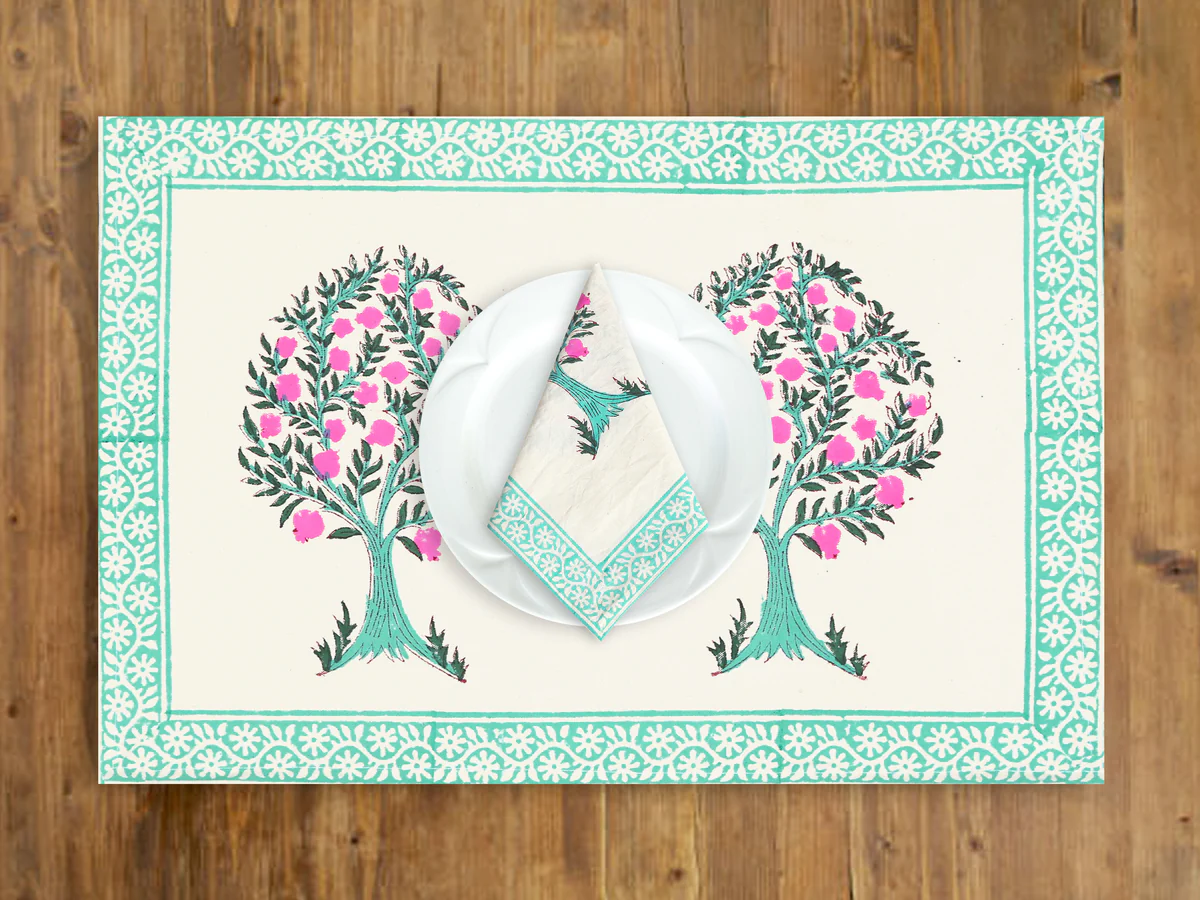Miniature Art of Rajasthan: A Timeless Heritage on Canvas

Rajasthan’s miniature art is one of India’s most celebrated artistic traditions, renowned for its intricate detailing, vibrant colors, and deep historical significance. Passed down through generations, this art form has evolved while retaining its authenticity and craftsmanship.
From depicting royal life and mythology to showcasing nature and festivals, miniature paintings reflect the cultural richness of Rajasthan. In this article, we explore the history, themes, and techniques that define miniature art of Rajasthan, while also connecting it to related artistic traditions like Pichwai Paintings and Birds on Canvas artwork.
The Origins and Evolution of Miniature Painting in Rajasthan
The roots of miniature painting in Rajasthan date back to the 16th century, flourishing under the patronage of Rajput rulers. Inspired by Persian, Mughal, and indigenous Indian influences, Rajasthani artists developed distinct styles that reflected the artistic and spiritual values of the region.
Originally, miniature paintings were created on palm leaves and wooden panels, later transitioning to handmade paper, silk, and ivory. Artists used natural pigments and ultra-fine brushes to create stunning works of art that were often commissioned for royal courts, temples, and manuscripts.
Distinctive Schools of Miniature Art in Rajasthan
Over time, different regions of Rajasthan developed unique styles of miniature painting, each with distinctive characteristics and techniques. Some of the most famous schools include:
1. Mewar School
-
Originated in Udaipur and nearby regions.
-
Focuses on religious themes, courtly scenes, and festival depictions.
-
Known for its bold colors, expressive figures, and elaborate backgrounds.
2. Marwar School
-
Found in Jodhpur, Bikaner, and Jaisalmer.
-
Features hunting scenes, royal processions, and everyday life.
-
Uses detailed architecture, floral patterns, and dynamic compositions.
3. Bundi-Kota School
-
Flourished in the Bundi and Kota regions.
-
Recognized for its monsoon-themed paintings, wildlife, and lush landscapes.
-
Delicate brushwork and a harmonious color palette define this style.
4. Kishangarh School
-
Famous for the Bani Thani painting, depicting an idealized feminine figure.
-
Known for its elongated features, soft pastel shades, and divine romanticism.
-
Often portrays the love story of Radha and Krishna.
5. Bikaner School
-
Strongly influenced by Mughal art, with refined detailing and Persian-style elements.
-
Includes calligraphy, portraits, and architectural elements.
Themes in Miniature Art: A Reflection of Rajasthan’s Culture
Miniature paintings depict a variety of themes and stories, making them not just artistic expressions but also historical records of Rajasthan’s past.
1. Religious and Mythological Themes
-
Many paintings illustrate stories from Hindu epics like the Ramayana and Mahabharata.
-
Lord Krishna’s Rasleela, along with Radha-Krishna depictions, are recurring subjects.
-
Pichwai Paintings are a perfect example of devotional miniature art, often featuring Krishna in elaborate temple settings. You can explore more about these paintings here.
2. Royal Life and Courtly Scenes
-
Many miniature paintings highlight the grandeur of Rajput rulers.
-
Paintings feature royal processions, celebrations, and battle scenes.
-
Special attention is given to ornate clothing, intricate jewelry, and palace interiors.
3. Nature and Wildlife
-
Birds, animals, and forests are commonly depicted in miniature paintings.
-
Birds on Canvas is a related artistic tradition that celebrates Rajasthan’s avian beauty through detailed artwork. You can view Birds on Canvas here.
4. Romantic and Poetic Expressions
-
Love stories, particularly those of Radha and Krishna, are common themes.
-
These paintings capture graceful gestures, moonlit settings, and poetic emotions.
The Techniques Behind Miniature Art: A Masterclass in Precision
Creating a miniature painting requires a combination of skill, patience, and artistic expertise. The traditional techniques have been meticulously followed for centuries.
1. Surface Preparation
-
Artists use handmade paper, silk, or wood panels for painting.
-
The surface is treated with a mixture of gum and starch, ensuring a smooth finish.
2. Sketching the Composition
-
The artist begins with a light pencil or charcoal sketch.
-
Once finalized, it is outlined in fine black ink.
3. Applying Colors in Layers
-
Colors are applied from light to dark, allowing depth and richness.
-
Artists use fine brushes, often made from squirrel hair, for intricate details.
4. Detailing and Final Touches
-
Delicate patterns, facial expressions, and intricate jewelry are carefully painted.
-
Gold and silver leaf work is often added to highlight ornaments, textiles, and divine elements.
The Use of Natural Colors in Miniature Paintings
One of the key aspects of miniature art is the use of natural pigments, derived from minerals, plants, and organic substances.
Common Pigments and Their Sources:
-
Red – Extracted from cinnabar.
-
Yellow – Made from orpiment, a mineral-based pigment.
-
Blue – Derived from lapis lazuli, a semi-precious stone.
-
Green – Obtained from malachite, a copper-based mineral.
-
Black – Created from soot or charcoal.
-
Gold and Silver – Used for embellishment and highlighting intricate patterns.
These natural colors provide richness, durability, and an authentic touch to the paintings.
How Miniature Art Continues to Inspire Modern Artists
Despite being an ancient art form, miniature painting remains relevant in contemporary art and design.
1. Integration with Modern Styles
-
Contemporary artists are blending traditional miniature techniques with modern themes.
-
Digital and abstract adaptations of miniature art are gaining popularity.
2. Revival and Preservation Efforts
-
Various institutions and galleries are working towards preserving and promoting miniature painting.
-
Art workshops and online exhibitions help train new artists.
3. Influence on Home Décor and Fashion
-
Many designers incorporate miniature motifs into textiles, clothing, and accessories.
-
Miniature-inspired wall art and decorative pieces are widely appreciated.
Conclusion
Rajasthan’s miniature painting is more than just an art form; it is a historical legacy that continues to thrive. The use of natural colors, detailed brushwork, and storytelling themes make each painting a masterpiece.
For those who appreciate fine art, exploring Pichwai Paintings, known for their religious significance, and Birds on Canvas, which capture the beauty of Rajasthan’s wildlife, offers a deeper insight into this traditional craft. By supporting and learning about these art forms, we help preserve this remarkable heritage for future generations.







